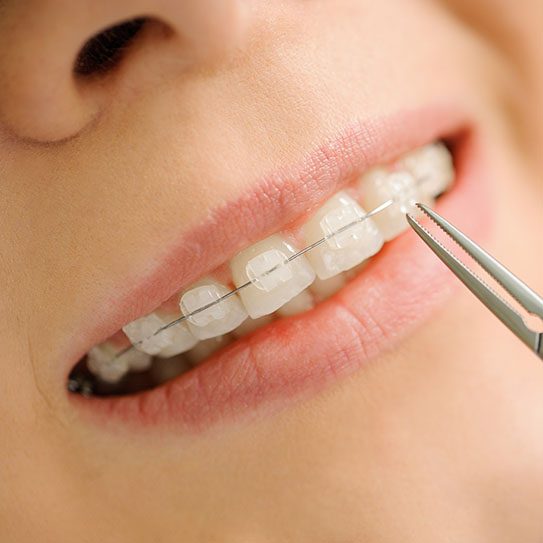
From Mild Adjustments to Major Transformations
Orthodontic treatment is not a one-size-fits-all solution; it encompasses various levels of care tailored to the unique needs of each patient. From mild cases requiring minor adjustments to more complex scenarios that necessitate a combination of orthodontic and surgical interventions, understanding the different levels of orthodontic treatment can help patients better prepare for what to expect during their orthodontic journey.
Level 1: Minor Corrections
The first level of orthodontic treatment involves minor corrections, typically aimed at addressing aesthetic concerns or slight dental misalignments. This level might include treatments like simple clear aligners or cosmetic braces that focus primarily on the visible front teeth rather than the whole mouth. Such treatments are often shorter in duration and are popular among adults who seek a quick fix for minor crowding or spacing issues without major adjustments to their bite.
Level 2: Comprehensive Orthodontics
Comprehensive orthodontics is the most common level of treatment, suitable for patients with moderate to severe alignment issues. This level includes the use of traditional braces or full aligner therapy, which aim to correct the patient’s bite, improve dental function, and achieve optimal aesthetic results. Comprehensive treatment addresses multiple issues simultaneously, such as correcting overbites, underbites, crossbites, severe crowding, and jaw discrepancies.
Treatment at this level is more intensive and typically lasts between 18 to 36 months, depending on the complexity of the case and the patient’s responsiveness to treatment. Comprehensive orthodontics not only improves the appearance of the teeth but also enhances oral health by making it easier to clean the teeth and gums, thereby reducing the risk of periodontal disease and tooth decay.
Level 3: Interceptive Orthodontics
Interceptive orthodontics, often referred to as Phase 1, targets developmental issues in children. This level of orthodontic treatment is implemented at an early age, typically between 7 and 11 years old, to address problems that, if left untreated, could develop into more serious issues in the future. Interceptive treatment might involve appliances such as expanders, partial braces, or space maintainers that correct oral habits, guide jaw growth, manage space for incoming permanent teeth, and normalize dental relationships early in life.
The goal of interceptive orthodontics is to reduce the severity of a developing problem and, in some cases, eliminate the need for future orthodontic treatment. However, many children who undergo Phase 1 treatment will still require a second phase of treatment (comprehensive orthodontics) once all their permanent teeth have erupted to fine-tune their tooth alignment and complete their bite correction.
Level 4: Surgical Orthodontics
Surgical orthodontics is the most advanced level of treatment and is used for adult patients whose jaw irregularities cannot be corrected with braces alone. This level of care typically involves a combination of jaw surgery (orthognathic surgery) and orthodontic treatment to align the jaw properly and ensure the teeth fit together correctly. Surgical orthodontics is recommended for cases of severe jaw misalignment that affects the patient’s ability to chew, speak, or breathe properly, and it can also dramatically improve facial aesthetics.
The process begins with the orthodontist aligning the teeth into their optimal position with braces. Once this phase is complete, a maxillofacial surgeon performs the surgery to correct the jaw’s position, followed by further orthodontic treatment to finalize the alignment of the teeth and refine the bite. The entire process can take several years, with the surgical phase typically occurring after 12-18 months of braces.
Achieve the Smile You Deserve
Orthodontics offers a spectrum of treatments tailored to meet the diverse needs of patients at every age and stage of dental development. Whether it’s making minor aesthetic improvements or undergoing significant structural corrections, there is an orthodontic treatment available to address each specific scenario. Understanding these levels of care can empower patients to make informed decisions about their orthodontic health and achieve the best possible outcomes.
If you are considering orthodontic treatment and want to learn more about what level might be right for you, consult with your orthodontist to discuss your options and expectations. With the right treatment plan, orthodontics can not only transform your smile but also significantly improve your oral health and quality of life.
The content on this blog is not intended to be a substitute for professional medical advice, diagnosis, or treatment. Always seek the advice of qualified health providers with questions you may have regarding medical conditions.


